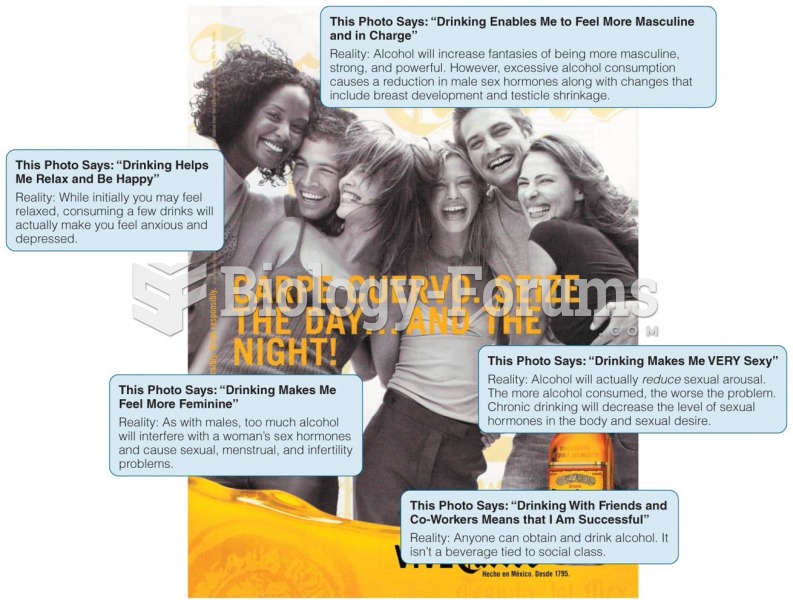|
|
|
Vaccines cause herd immunity. If the majority of people in a community have been vaccinated against a disease, an unvaccinated person is less likely to get the disease since others are less likely to become sick from it and spread the disease.
Methicillin-resistant Staphylococcus aureus or MRSA was discovered in 1961 in the United Kingdom. It if often referred to as a superbug. MRSA infections cause more deaths in the United States every year than AIDS.
Blood in the urine can be a sign of a kidney stone, glomerulonephritis, or other kidney problems.
The Romans did not use numerals to indicate fractions but instead used words to indicate parts of a whole.
By definition, when a medication is administered intravenously, its bioavailability is 100%.








